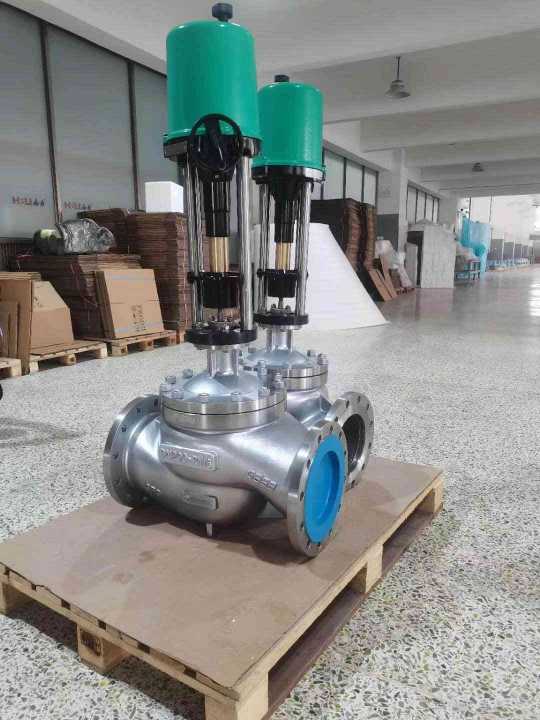stainless steel electric single seat regulating valve: a comprehensive overview
Release time:2025-04-11 23:40:56
Stainless steel electric single seat regulating valves are a critical component in modern industrial systems, offering precise control over the flow of fluids and gases. These valves are used in various applications such as water treatment plants, HVAC systems, chemical processes, and more. Combining the durability and resistance of stainless steel with the automated precision of electric actuators, these valves provide efficient, reliable, and accurate regulation. In this article, we will explore the key features, benefits, and applications of stainless steel electric single seat regulating valves.

What is a Stainless Steel Electric Single Seat Regulating Valve?
A single seat regulating valve is designed to control the flow rate of a fluid or gas by adjusting its valve position. The "single seat" refers to the valve's internal structure, where a single sealing surface creates a tight shut-off when the valve is closed. Stainless steel, known for its corrosion resistance, strength, and longevity, is the material of choice for the valve body, ensuring it performs well under challenging industrial conditions.
The electric actuator is responsible for automatically adjusting the valve position based on control signals. This electric operation allows for more precise and consistent control compared to manual valves, making them ideal for systems that require high levels of accuracy. The actuator can be integrated with various control systems, such as PLCs (Programmable Logic Controllers) or DCS (Distributed Control Systems), enabling real-time adjustments based on flow measurements, pressure, temperature, or other parameters.
